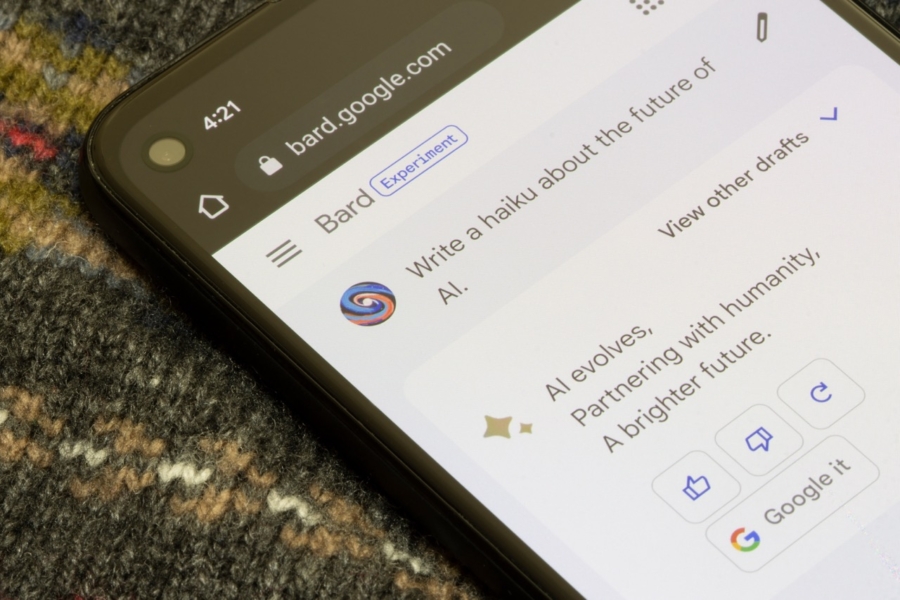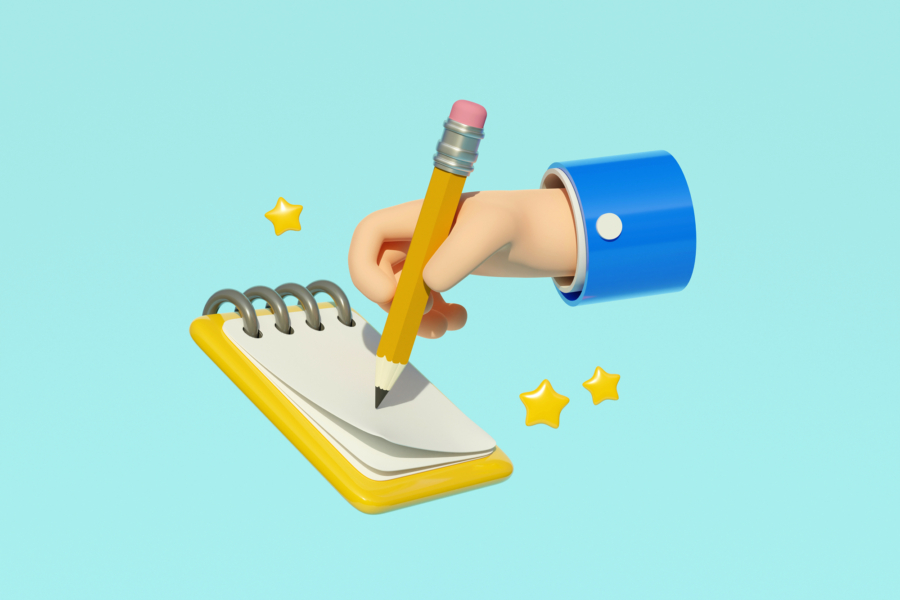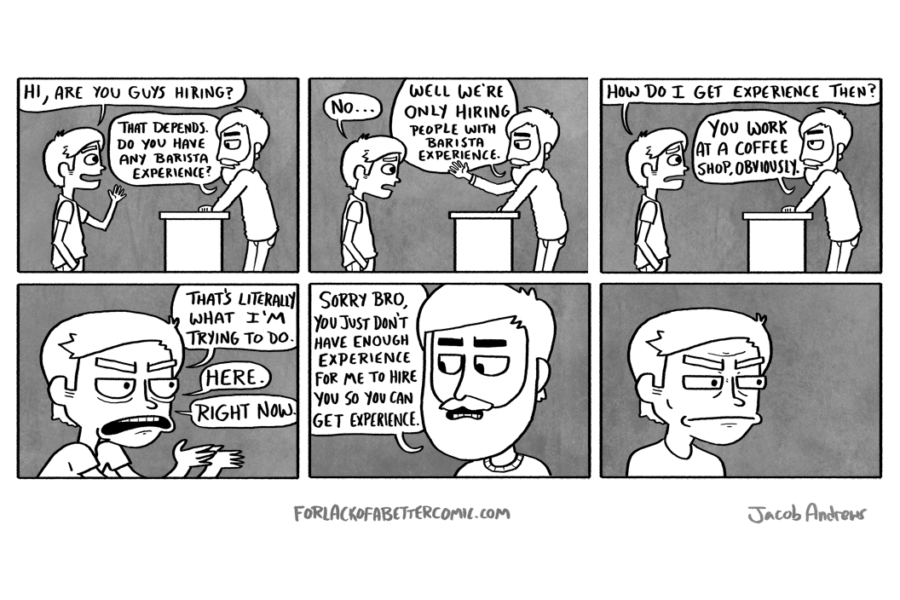This op-ed was first published on EdSurge.
If a tree falls in a forest and no one hears it, does it make a sound?
If a student uses AI to write and nobody notices, does it matter?
I’ll admit: the latter question is hard for me to ask, as a former journalist here at EdSurge who built a career on writing. But AI writing is proliferating across professions. Marketers use it for advertising copy; financial analysts for synthesizing information. More than 4 in 5 teachers have used ChatGPT. Even in industries with stringent standards for human originality, AI is making inroads. The winner of a prestigious Japanese literary award used ChatGPT to write a portion of her novel.
Just as the tech tools of the business world — laptops, smartphones and the internet — found their way into classrooms, so too has generative AI. And if one of the goals of school is to prepare children for life beyond, how do we get kids ready for this new world, especially while student writing proficiency remains worrisome? Last year, almost half of Texas fourth graders scored a zero on the state writing composition test.
When groundbreaking technologies enter schools, old skills and habits make way for new ones. Some we may not miss much, like cursive handwriting. Other conveniences come at a cost: Typing on keyboards has largely replaced writing by hand, even though research shows the latter is better for memory and learning (and for carpal dexterity). Reading in print improves comprehension more than digital text, even though our eyes are fixated on screens these days.
So what do we gain and lose when students use artificial intelligence to write?
Here’s one very real risk: when they start relying on AI to the extent that it wholesale replaces their thinking.
For many people ✋ writing is the most brutal exercise in thinking. It reflects and tests our assumptions, pushing us to refine our ideas and uncover new ones. It leads us down rabbit holes that we have to crawl back from. It requires us to connect the dots and think about what makes sense or doesn’t, to transition between ideas and evidence, and to consider what makes the cut and what doesn’t.
When AI is used as a shortcut, we lose some of these muscles, as painful as they are to build. For developing young writers, this can be a major setback.
Yet not every part of the writing process needs to be equally stressful. For students who are writing to develop their thinking, for example, style should be less a concern than substance. Often we worry more about how we want to say something before knowing what we want to say.
At Carnegie Mellon University, a team of English professors have proposed using the concept of “restrained generative AI” to develop tools for writing instruction. This approach involves building guardrails that help students focus more on higher-order thinking and the core of their arguments, and worry less about precise sentence construction. One feature, for example, converts students’ notes into rough prose without inserting ideas and opinions, such that the quality of the prose reflects the quality of the notes. It is a novel concept that has potential to help younger students if the “AI restraint” can be aligned to grade-level writing standards.
Each little metacognitive act of constructing a sentence, though, reflects valuable thinking. Knowing how to use conjunctions, for instance — the ifs, buts and therefores — is an important exercise in logical reasoning. How much should we outsource that to AI? Too much, and the writing experience may feel like a fill-in-the-blank exercise like MadLibs.
Mastering writing mechanics and crafting sound arguments takes not only practice, but also guidance. The most formative learning experiences come when teachers help students work through their knots and help them find those “aha!” moments when everything clicks. But time — or rather, the lack of it — naturally limits how much feedback they can provide, and how many cycles of writing they can go through.
Here’s one way AI can assist writing instruction: Shortening the amount of time it takes for teachers to give feedback throughout the writing process — planning, drafting, revising, editing, publishing — so that students no longer have to wait days or weeks before knowing whether they’re on the right track. Some tools allow teachers to set a rubric that guides the grades and feedback delivered by AI. The idea is that AI can handle some basic feedback — on grammar, syntax, diction — so that teachers can focus on other important areas.
However, there are limitations: A recent study on ChatGPT found that it “can perform comparably to a human in assigning a final holistic score for a student essay, but it struggles to identify and evaluate the structural pieces of argumentative writing.”
This underscores the importance of teachers in the process. While AI may be able to give good feedback based on a rubric, great feedback takes into account broader context about a student’s background, knowledge and experiences — things that AI would be hard-pressed to know better than teachers.
AI poses many existential questions for education, and today it is reasonable to ask: “Was this assignment written by AI?” There are many instances of lazy copy-and-pasting, not just in homework and college admission essays, but in academic research as well. The reality at this moment is that our human AI bullshit detectors are already on full alert, with or without the help of digital AI detection tools.
But that question may soon be as anachronistic as asking whether someone used the internet for help.
“Why would a student use AI to write this?” is a better question for teachers to ask, as well as: “How did they interact with AI during the process?” Just as we want students to verify information they find on the web, they will need the skills and confidence to question, evaluate and refine what AI produces. This is the next frontier in media and digital literacy.
Teaching these skills will be an important task for teachers, and one they are well suited for. With their help, students can learn to incorporate AI in thoughtful ways that preserve human thinking and agency.






